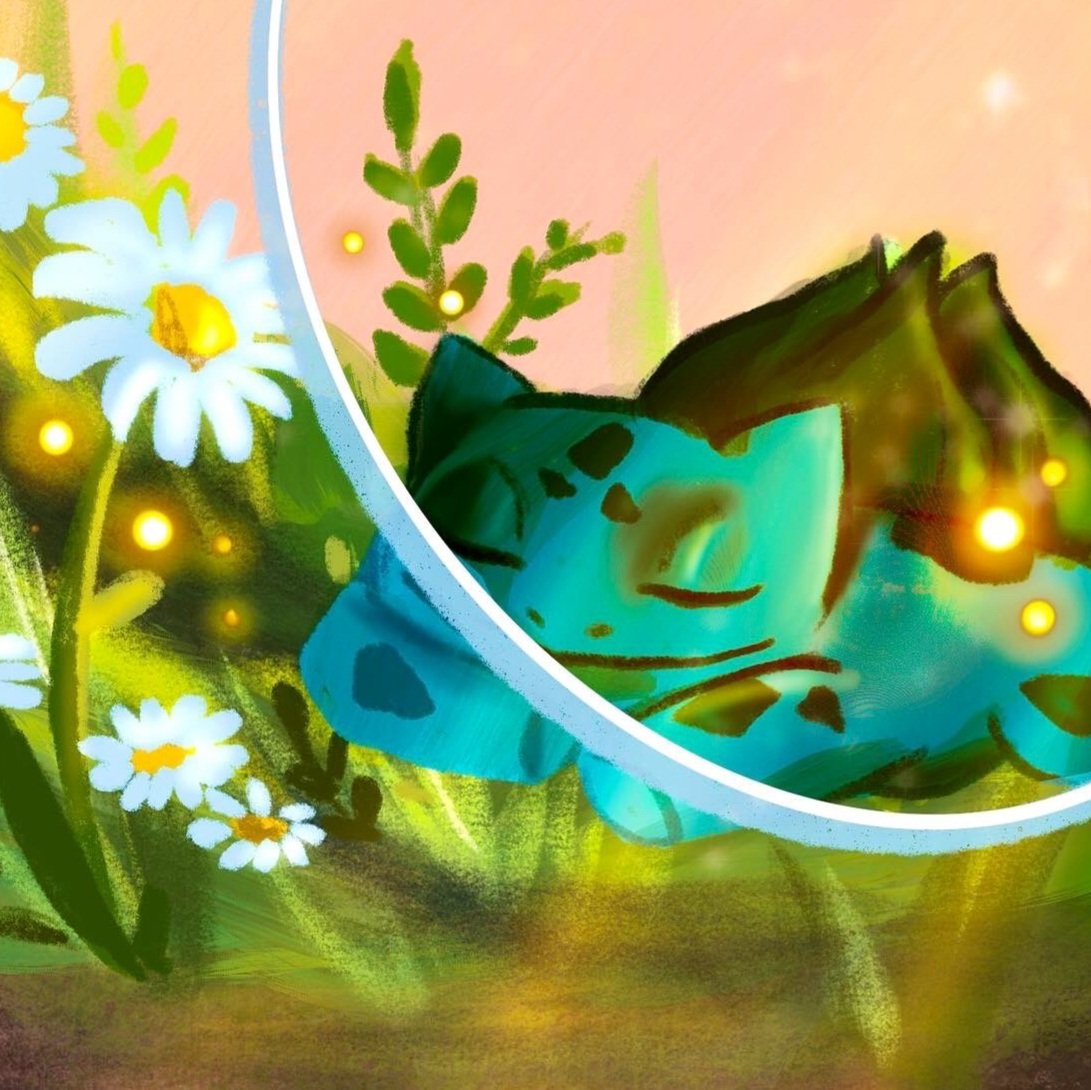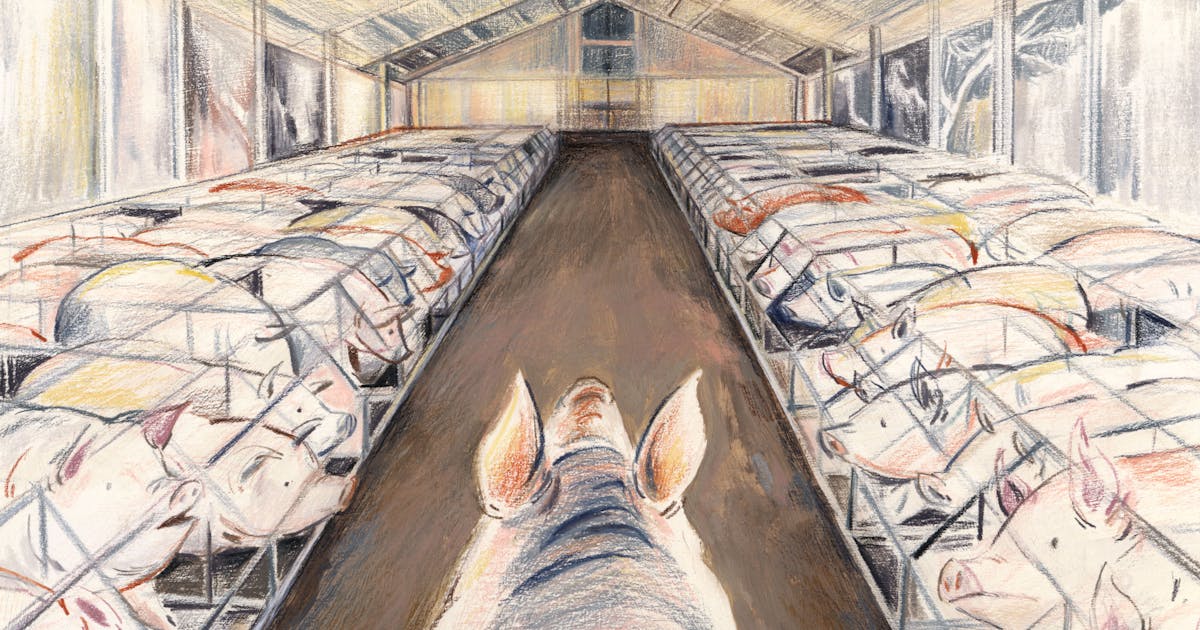sci-hub.st/10.1215/10642684-4157487
From a linked paper, published in a queer studies journal.
the animal victims of bestiality in early america were usually killed in front of their abuser. The crime was more about it being taboo or worries of creating demon children and obviously not out of concern for the animal.
As for modern laws…
Rather than describe animal husbandry as absent sexual gratification, this reading of South Dakota’s law actually has the opposite effect: the presence of “sexual gratification” is not an adequate means to distinguish animal husbandry from bestiality
Sexual abuse is not defined by the act alone, since the same act can be criminal in one context and merely agricultural in the other. Nor is it defined by the absence of consent, since meat animals are as incapable of legal consent as family pets. Nor is it defined by the presence of perverse intent on the part of perpetrator, since some laws recognize that such intents may be congruent with an act of husbandry. Nor, indeed, is it defined by the animal’s subjective experience of pain and violation, since injury, pain, and even death are commonplace in animal breeding, and swine and cattle are as cognitively capable of pain and trauma as cats and dogs. Instead, sexual abuse is defined exclusively by the nonrelationship of the sexual act to the reproduction of biocapital.
As bestiality laws make clear, meat animals are life opened to sex, but life that cannot be raped—flesh that can be touched but that cannot be violated.
lots of over good stuff in there, like how kids 10 and up can legally work at forms and be directed to perform “animal husbandry” tasks that would be illegal if they were directed to do so by a parent at home to a pet. https://www.researchgate.net/publication/320208999_How_Meat_Changed_Sex_The_Law_of_Interspecies_Intimacy_after_Industrial_Reproduction


